
Estimated reading time: 11 minutes
Eccentric. That’s typically just a euphemism for crazy. In ages past, someone whose actions were outside of accepted norms was frequently just compassionately referred to as eccentric.
David Bowie dressed like a woman back when a man dressing like a woman wasn’t cool. He once said of himself, “I find only freedom in the realms of eccentricity.”
Michael Jackson was always kind of weird. Paul Reuben aka Pee-Wee Herman was just a benign sort of quirky kid’s star right up until the cops caught him pleasuring himself in a movie theater. Frank Zappa looked like an anorexic Sasquatch and was bold enough to name his three kids Moon, Dweezil, and Diva. That all sounds pretty eccentric.
Table of contents
- Responding to Fear
- Digby
- Things Get Real…
- The Fine Line Between Brave and Nuts…
- READ MORE: Martin Bryant and the Port Arthur Massacre: The Homicidal Lunatic That Disarmed a Nation
- The Desperate Measures In Question
- Down but Not Out…
- Saving The Lunatic Digby
- The Rest of the Story…
- READ M ORE: The Life and Times of the Brain-Damaged Gunslinger Clay Allison
- Some Are Brave, Some Just Stupid

Let us consider Howard Hughes. Howard Hughes personified eccentricity. When Baskin-Robbins discontinued his favorite ice cream, he paid to have them make up 350 gallons of Banana Nut just for him. He custom designed a brassiere for actress Jane Russell to get her boobs to defy gravity in some specific way for a movie he was making called Outlaw. In 1958, Hughes rented out a Santa Monica theater and binge watched movies…for four months straight. All the while he saved his urine in jars. At the time of his death, Hughes weighed 87 pounds. Now hold that thought…
Responding to Fear
Think back to the last time you were truly afraid. I don’t mean you were concerned you might miss a deadline at work or forget to feed the fish. Cerebrate on the last time you actually feared for your life. Ponder how that made you feel.
Most adults have had a near-death experience or two on American roadways. Military service is dangerous, and, like most soldiers, I had a couple of close calls while in uniform. In each case, the beta response/fight-or-flight reaction kicked in and I instinctively sought refuge and sanctuary. That’s how most normal people respond to a potentially deadly situation. And then there was Allison Digby Tatham-Warter.
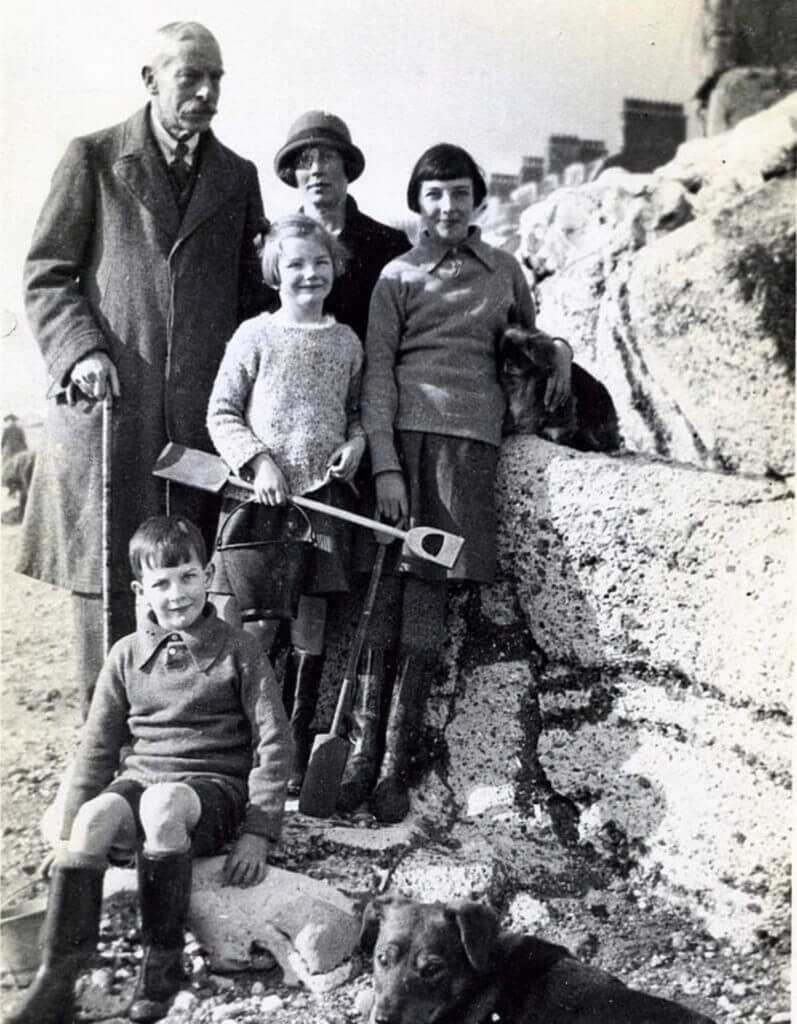
Digby
Allison Digby Tatham-Warter was just Digby to his friends. This guy was a genuine piece of work. Born into some proper money in Atcham, Shropshire, England, in 1917, Digby was the second son of Henry de Grey Tatham-Warner. Digby’s father was gassed during the trench fighting in the First World War and tragically rendered hors de combat when the little boy was only 11. Digby subsequently matriculated into Wellington College in Berkshire before attending the British Royal Military College at Sandhurst.
Digby was commissioned as a Second Lieutenant in 1937 and was assigned to the Oxfordshire and Buckinghamshire Light Infantry posted in India. His family connections to India ran deep, so this was a natural billet. Digby sought out this posting so he could pursue the fine art of recreational tiger hunting and pig sticking.
Things Get Real…
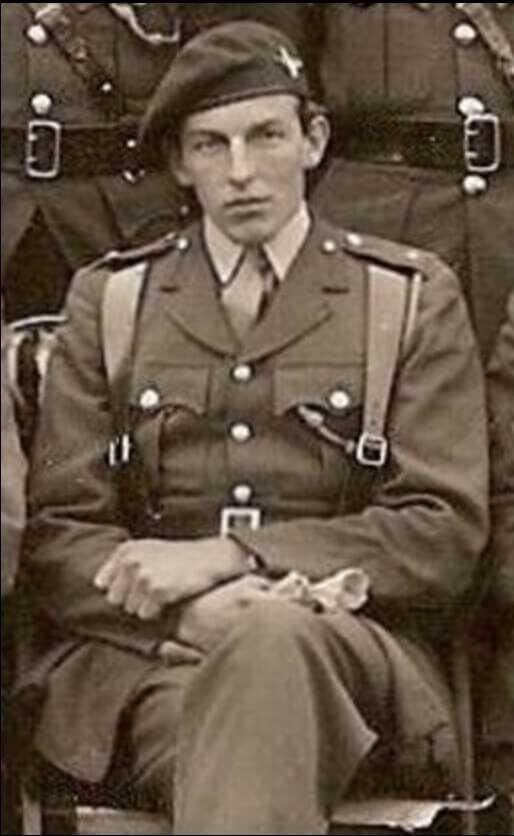
With the onset of WW2, Digby’s sister Kit actually deployed to the North African desert, earning the French Croix de guerre. His brother John perished at the Second Battle of El Alamein with the 2d Dragoon Guards, the Queens Bays. Determined to get some payback, Digby volunteered for the Parachute Regiment. In short order he was company commander of A Company, 2d Battalion, 1st Parachute Brigade, 1st Airborne Division.
Now amidst the company of some serious warriors, Digby’s reputation shone even more brightly than his peers. His past experience as a tiger hunter set the tone. When he commandeered an Allied C47 cargo plane and flew all of the company-grade officers in their encampment to London for a party at the Ritz his social stock went through the roof.
His commanding officer, LTC John Dutton Frost, appreciated the refined young man’s audacity and aggressiveness. As a result, Digby was placed in command of the 2d Parachute Battalion for its assault into Arnhem during Operation Market Garden in 1944. Appreciating that military radios of the era were unreliable, Digby procured a small bugle and schooled his men on responding to commands in combat via bugle calls. This method of command and control had not been used since the Napoleonic Wars, but his reliance upon it was to be critical in the grueling battle to come.
The Fine Line Between Brave and Nuts…
You recall we kicked off this party talking about eccentric crazy people. Here’s why. Despite a litany of truly laudable character traits that cumulatively produced a superb combat leader, Digby was notoriously forgetful. He was legendarily calm in a crisis, but he struggled to recall details under pressure, particularly tedious stuff like challenges and passwords. As a result, he adopted a curious method of setting himself apart on the battlefield.
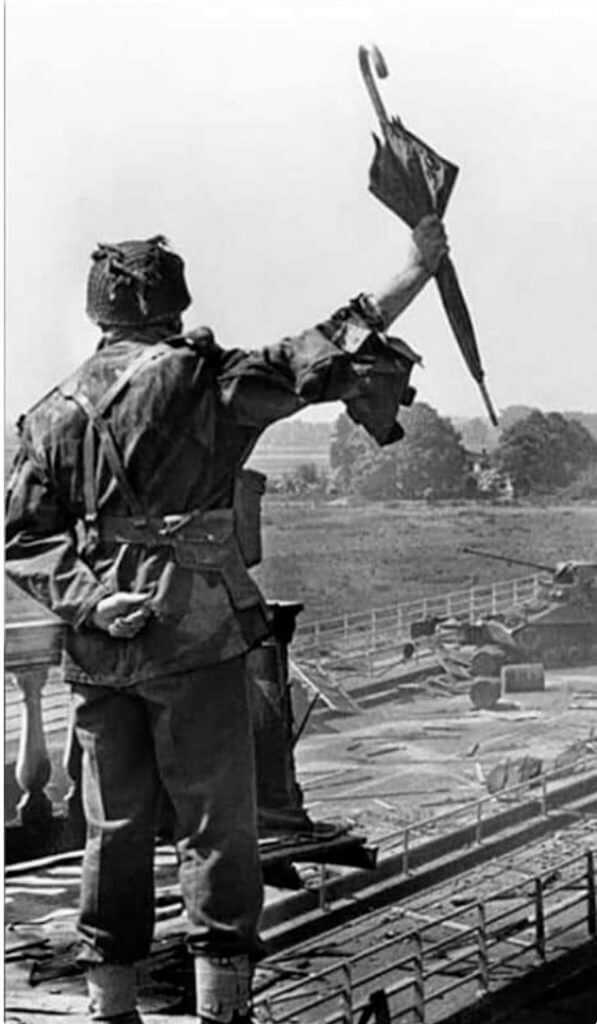
Airborne troops were trained and equipped to drop deep behind enemy lines and then hold until relieved. This meant fluid battlefield geometry and a commensurate increased risk for fratricide. Considering Digby’s job would have him moving back and forth in and around both friendly and German forces, he packed an English bowler hat and umbrella alongside his battledress, maroon beret, and Webley revolver. When queried concerning his motivations, Digby replied, “They will think, who is that bloody fool wearing a bowler hat and carrying an umbrella, and they will immediately know it’s me!”
READ MORE: Martin Bryant and the Port Arthur Massacre: The Homicidal Lunatic That Disarmed a Nation
At one point in the battle, Digby led his A Company some eight miles through contested Arnhem in 7 hours, collecting 150 Heer and Waffen SS prisoners along the way. For this part of the fight, he wore his standard issue Airborne beret. However, when things got truly bleak, it was time for desperate measures.
The Desperate Measures In Question
Running low on ammunition and facing a determined enemy in a built-up battlespace, Digby ordered a desperate bayonet charge. Before he led his men in the assault he put away his beret and replaced it with the bowler hat. This made it easy for his men to spot him leading from the front amidst the din.
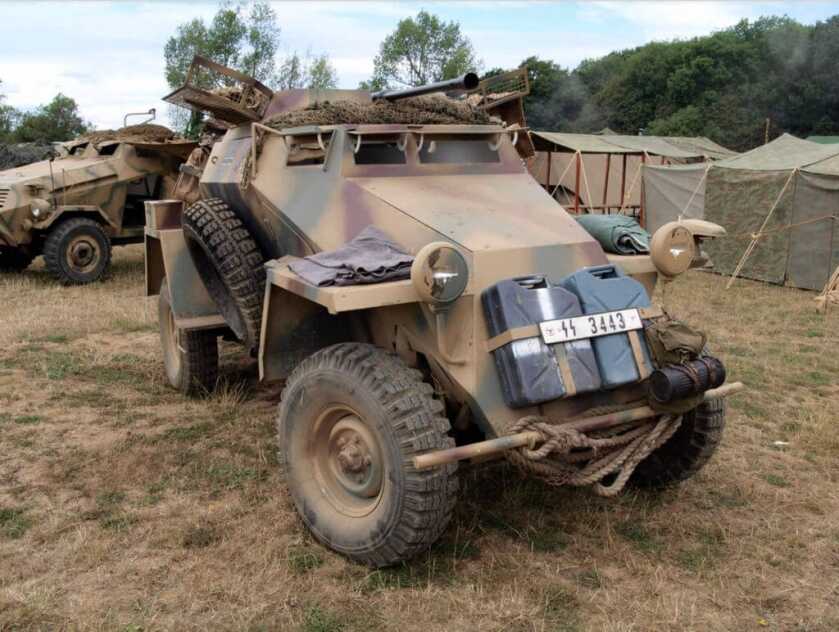
Military Operations in Urban Terrain (MOUT) are some of the most dangerous undertakings in the infantry pantheon. Make your enemy a fully tooled-up Waffen SS Panzer Division, and this borders upon suicidal. At one point, Digby and his men came upon a German armored car equipped with a fast-firing 20mm autocannon. Without hesitation, Digby leapt up onto the vehicle and shoved his collapsed umbrella through the driver’s vision slit. In so doing he caught the German soldier in the eye. Digby subsequently immobilized the vehicle long enough for his men to take it out.
Down but Not Out…
As the combat wore on, Digby singlehandedly rescued several of his soldiers under fire as well as the unit chaplain, all the while wielding that beat-up umbrella. He was eventually struck by shrapnel that left a generous gash in his trousers as well as his butt. Finally at the end of his rope, his last radio call said simply, “Out of ammo, God save the King.” He was subsequently captured and transferred to the local St Elizabeth’s Hospital for treatment of his injuries.
German nurses dressed his wounds and left the room to attend to other patients. Digby and his 2IC CPT Tony Frank used the distraction to escape through a nearby window. By using a micro compass disguised in a button on his uniform, Digby and his mate broke out towards Mariendaal. Enroute they encountered a friendly Dutch woman who spoke no English but connected them with the underground.
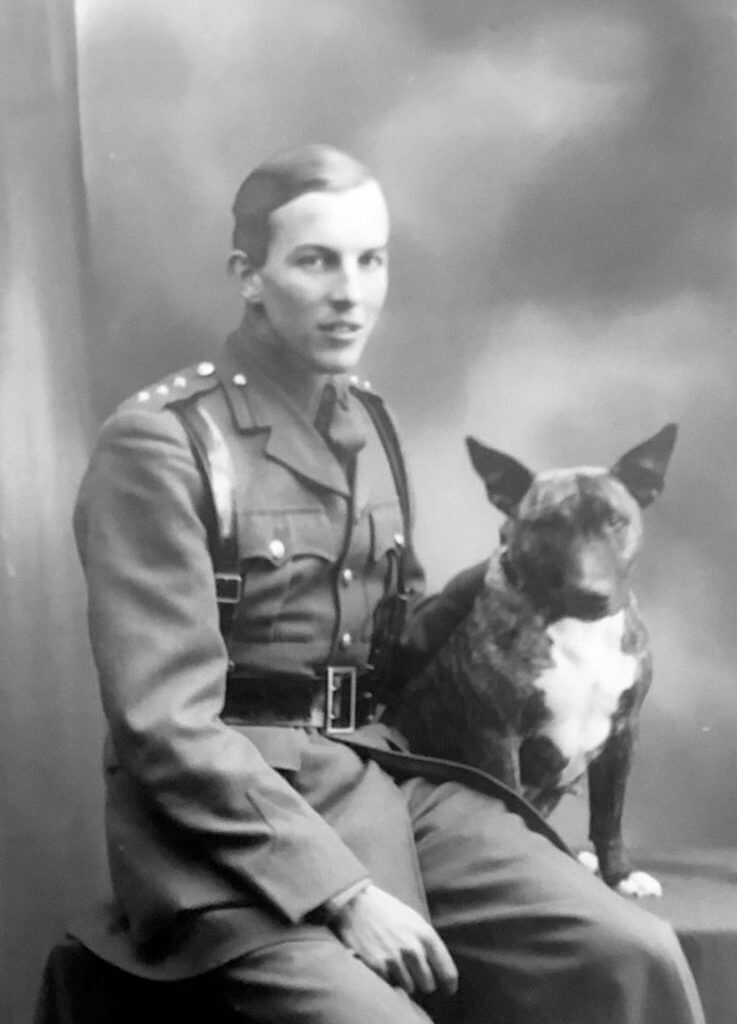
Saving The Lunatic Digby
The Dutch Resistance bodged up papers describing Digby as the deaf-mute son of a local lawyer and gave him a bicycle. He used the bike to make contract with other British paratroopers in hiding after the disastrous culmination of Market Garden. At one point he was press-ganged by the Germans into helping to push a staff car out of a ditch. German soldiers were eventually billeted in the same house where he was staying, yet he still pulled off the deaf-mute charade throughout.
Eventually, Digby bicycled all the way to the Rhine River where he flashed the V-for-Victory signal with his flashlight and successfully connected with the British XXX Corps and freedom. He had spent more than a month on the run behind enemy lines and was personally responsible for the safe repatriation of some 150 Allied soldiers. His motley band included British paratroopers, downed aviators and even two lost Russians.
The Rest of the Story…
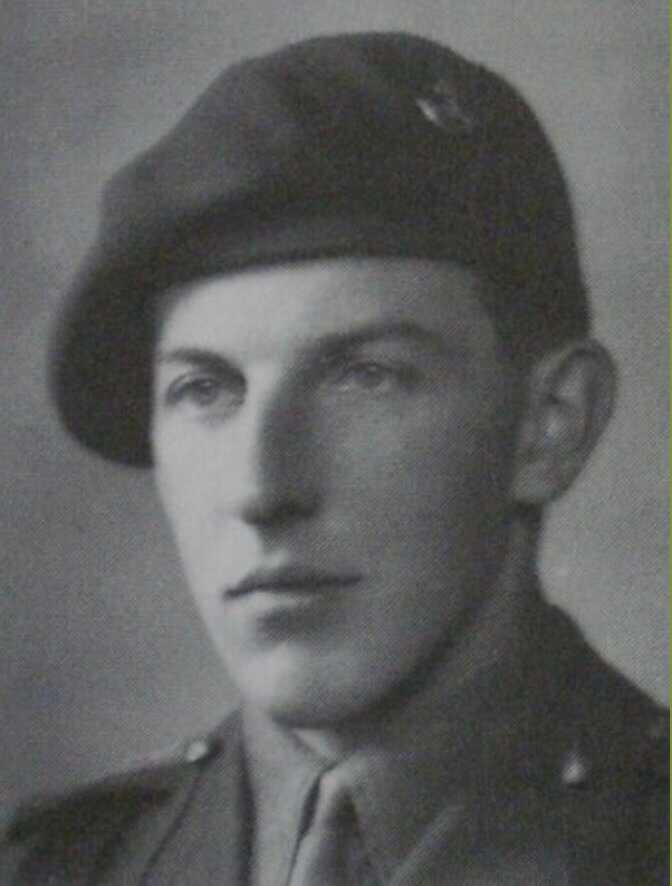
After the war, Digby was posted to Mandatory Palestine as part of the British military contingent. In 1946 he was transferred to the 5th King’s African Rifles in British Kenya. He found Africa to his liking and bought two wilderness estates, one in Nanyuki and another in Eburre. During the Mau Mau Uprising, Digby raised a mounted militia force on his own nickel and led them in combat. Once that brushfire war simmered down, Digby embraced a well-deserved retirement.
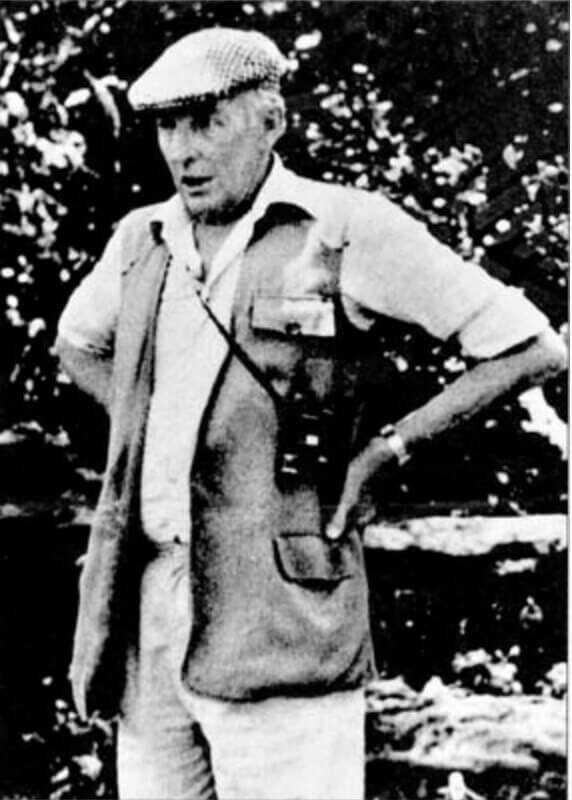
READ M
ORE: The Life and Times of the Brain-Damaged Gunslinger Clay Allison
Allison Digby Tatham-Warter pioneered the concept of the photo safari wherein paying customers would stalk animals and then photograph rather than kill them. Such stuff is commonplace now, but he’s the one who started it. He was also an outspoken advocate of African nationalism, lobbying for the Africans’ right to self-government and suffrage. During Kenyan Independence in 1962, Digby’s was an effective voice for native Africans.
Some Are Brave, Some Just Stupid
Digby married Jane Boyd, herself also an aristocrat, in 1949. Together they had three daughters and a plethora of grandchildren. One of his daughters, Belinda Rose, went on to marry a prominent member of the German aristocracy. Digby died in Nanyuki, Kenya, in 1993 at the age of 75.
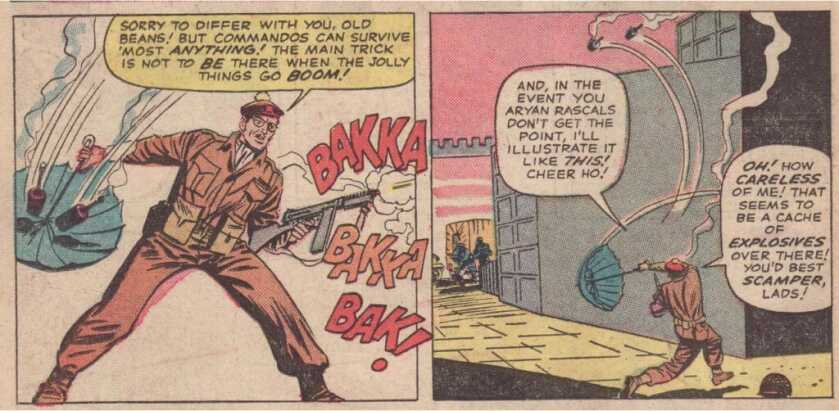
Countless men have worn their nations’ uniforms and tasted war. Some were unimaginably brave, while others were rank cowards. Most fall someplace in between. Allison Digby Tatham-Warter, however, was a legit wild man. When the chips were down and death seemed inevitable, this lunatic just took up his umbrella, donned his favorite bowler hat, and neutralized a German armored combat vehicle via a stiff poke in the eye. They really don’t make them like that anymore.
*** Buy and Sell on GunsAmerica! ***


Another great story by Dr. Dabbs. He is my kind of historian. Keep them coming.
I think Hollywood or Cornelius Ryan took Digby’s umbrella a inability to remember passwords and assigned it to LTC Frost played by Anthony Hopkins. I have not seen the movie in awhile but is credited with actor playing Digby, but Hopkin carried the umbrella and mentioned the password.
OMG, that’s where the phrase “A stiff poke in the eye” comes from 🤔
I will definitely be hoisting libations in his honor for both his battlefield actions and his later actions in Africa.
And once again, thank you for sharing this wonderful piece of history.
Who dares, wins
Confidence, overcomes much.